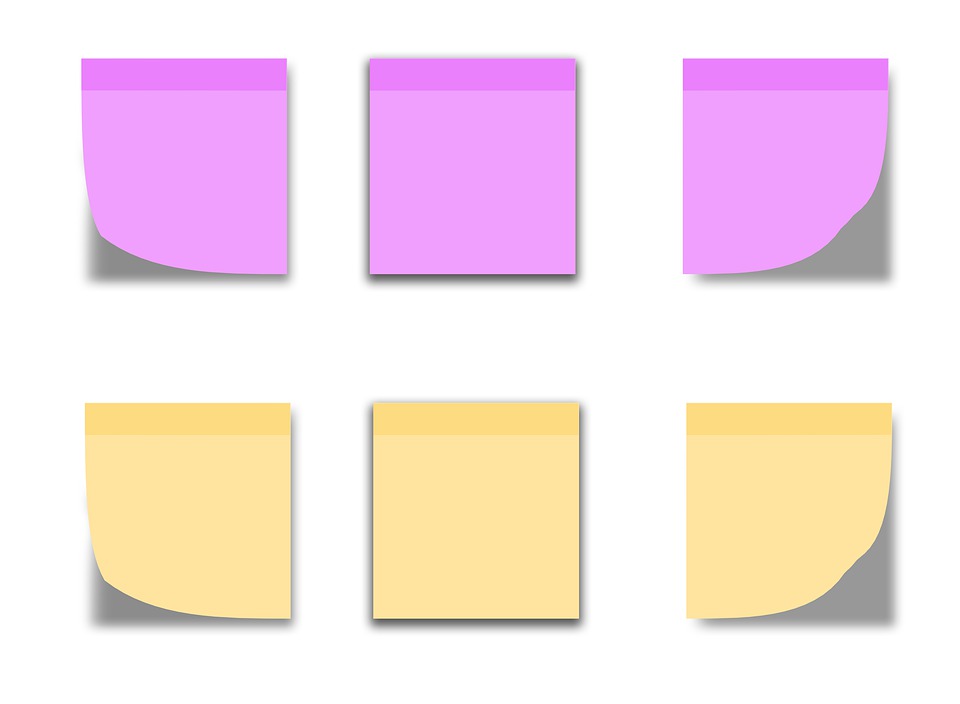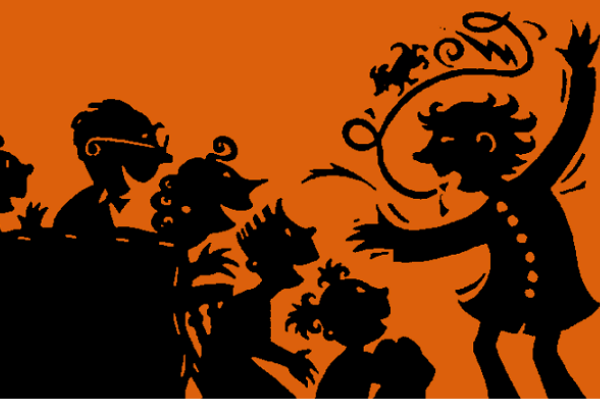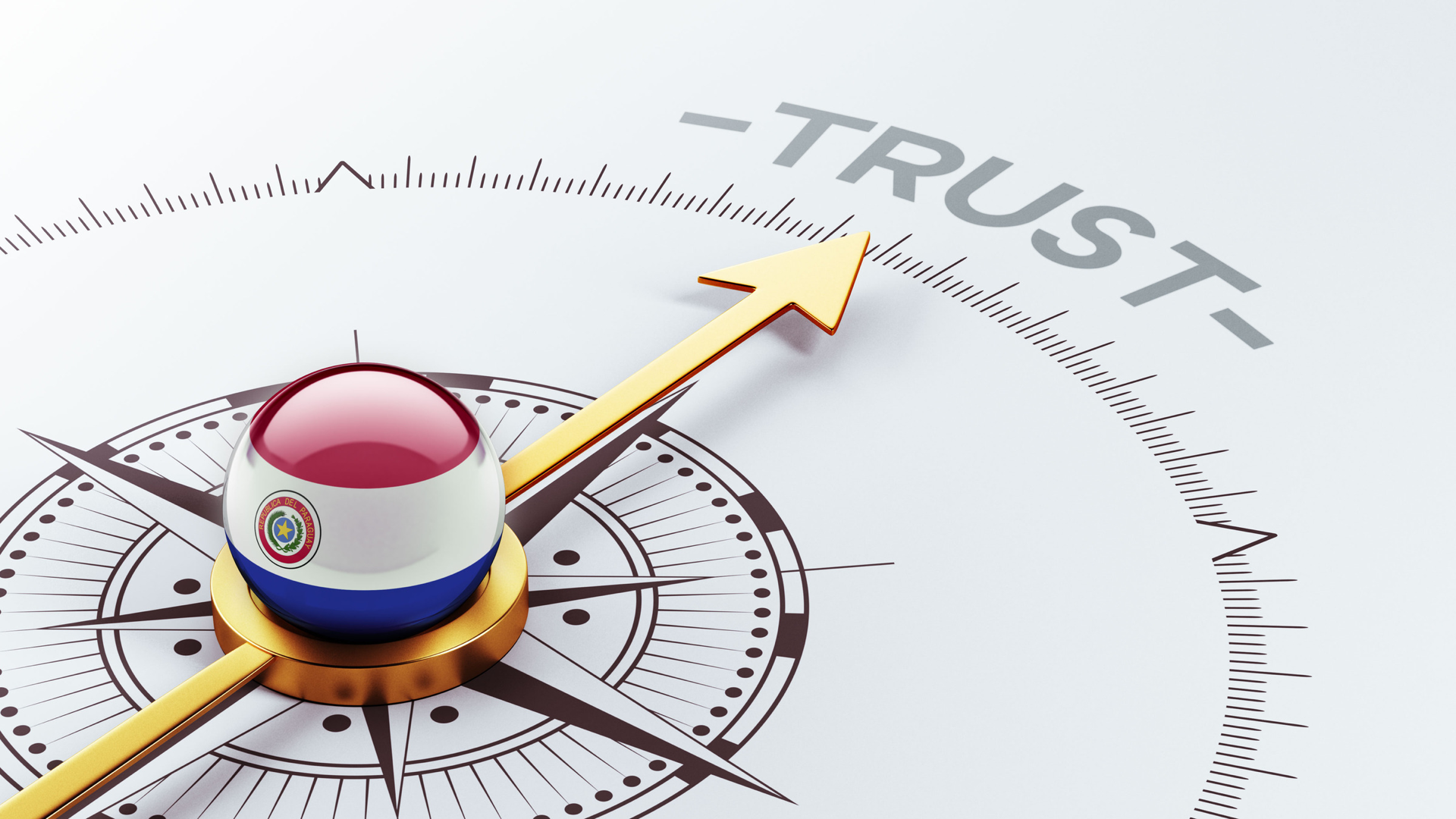Introduction: Trust Is the Foundation of Every Great Team
Table of Contents
As facilitators who’ve worked with hundreds of teams, one truth continues to stand out for us: trust is the invisible glue that holds teams together. Without it, even the most technically sound or process-driven teams struggle to collaborate meaningfully.
In our experience, teams with trust not only perform better but also sustain high energy, navigate conflict constructively, and remain resilient in uncertain times.
“A team without trust is like a great piece of music without soul. It may sound good, but it won’t move you.”
Related Reading: Shared Values: The Magic Glue Of Team Work
The Paradox: Smaller Teams Often Trust More
Interestingly, trust isn’t always missing in new or small teams. In fact, the cracks often begin to show in teams that have worked together for years or those that are rapidly growing.
We’ve often been asked — why do teams that once trusted each other start slipping into dysfunction? In our work, we’ve traced it to a misalignment between two key factors: the why and the what.
Understanding the Why and the What
Let’s break it down:
The Why – Your Purpose
This is what brings people together. It’s the shared reason for existence. A compelling why fuels belief, ownership, and emotional investment.
Think: Tesla doesn’t just build cars — they accelerate the world’s transition to sustainable energy.
The What – Your Process
This is how the team delivers on its purpose. The what includes targets, deliverables, KPIs, metrics, meetings, and execution plans.
Where trust erodes is when the what starts overshadowing the why.
In our experience, when teams lose sight of their shared purpose, they begin operating in silos. Communication becomes transactional. Fear replaces openness. Trust slowly drains away.
When Teams Prioritize the Why: What We’ve Noticed
We’ve worked with purpose-driven teams that demonstrate high levels of trust and cohesion. Here’s what stands out:
- Feedback flows freely and isn’t sugar-coated
- Celebrations are spontaneous and heartfelt
- Roles are respected but don’t create hierarchy silos
- People feel safe to admit mistakes and ask for help
- Healthy conflict leads to innovation, not division
L&D Takeaway: Reinforcing the ‘why’ of your team through rituals, stories, and symbolic behaviours builds psychological safety — the bedrock of trust.
Why-Driven vs. What-Driven Teams
Let’s look at a comparison we often explore in workshops:
| Characteristic | Why-Driven Teams | What-Driven Teams |
| Core Focus | Purpose & Values | Numbers & Metrics |
| Energy Level | Intrinsically high | Outcome dependent |
| Trust | Built through openness | Conditional and transactional |
| Conflict | Viewed as creative tension | Avoided or suppressed |
| Recognition | For alignment to values | For performance only |
When the what becomes the sole focus, teams start chasing outcomes over alignment. And in that pursuit, people can become cogs in a machine — losing trust, motivation, and meaning.
Related Reading: The Purpose Of Your Game
Real-World Insight: Our Journey at FocusU
At FocusU, our why is to challenge and change the way corporate learning is done. Like many other organisations, we’re also ambitious with our numbers – but we’ve learned (sometimes the hard way) that when we drift too far from our why, trust within the team gets tested.
That’s why we consciously realign ourselves often. Whether it’s through storytelling sessions, feedback forums, or even team retreats, we use these opportunities to bring the why back to the forefront.
In our experience, keeping the why alive is not a one-time alignment. It’s a continuous act of leadership.
Three Trust Signals We Monitor Regularly
We’ve found three key indicators that help us stay honest about how trust is showing up in a team:
1. Laughter and Celebration
Teams that laugh together, stay together. Genuine camaraderie, not just planned fun, is a sign that people feel psychologically safe.
Ask: Are celebrations authentic or forced? Do people enjoy being around each other?
2. Openness and Accountability
These are the twin pillars of trust. Teams driven by the why don’t shy away from tough conversations. They give and receive feedback generously.
Ask: Are people willing to own their missteps publicly? Is feedback flowing both ways?
3. What Gets Rewarded
What you celebrate becomes your culture. When values-based behaviours are recognised (not just KPIs), teams naturally align toward the why.
Ask: Are you praising effort, creativity, and collaboration? Or only numbers and outcomes?
L&D Takeaway: Team culture audits can reveal whether your recognition practices reinforce or erode trust.
Related Reading: The Secret to Team Motivation: Finding a Larger Purpose
Trust as a Leadership Skill
Trust isn’t just a soft concept. It’s a leadership capability.
In our leadership journeys, we often explore trust-building not as a trait, but as a skill — something that can be developed through deliberate practice.
Some trust-building actions leaders can model:
- Admitting when they don’t have the answer
- Holding space for disagreement without defensiveness
- Recognising unseen effort
- Following through on small promises
Trust begins with consistency — in values, in words, and in actions.
Why Trust Drives Results (Not Just Relationships)
Still wondering whether trust has a tangible impact on outcomes?
Here’s what research (and our own experience) shows:
- High-trust organisations experience 50% higher productivity
- Teams with trust have lower attrition rates
- Innovation thrives in high-trust environments
- Employee well-being and engagement are directly linked to perceived trust in leadership
Trust isn’t just good for morale. It’s good for business.
Final Thoughts: Don’t Let the What Eclipse the Why
Teams don’t fall apart all at once. Trust usually erodes quietly — through missed cues, unspoken tensions, and a slow drift from shared purpose.
That’s why we encourage leaders and L&D professionals to continually ask:
- Is our team aligned on the why?
- Are we celebrating the right behaviours?
- Does our culture feel safe, open, and connected?
Because when trust thrives, everything else follows: engagement, innovation, collaboration, and performance.
So the next time you feel your team slipping into transactional mode, pause and reflect:
Are we leading with our why – or getting lost in the what?










